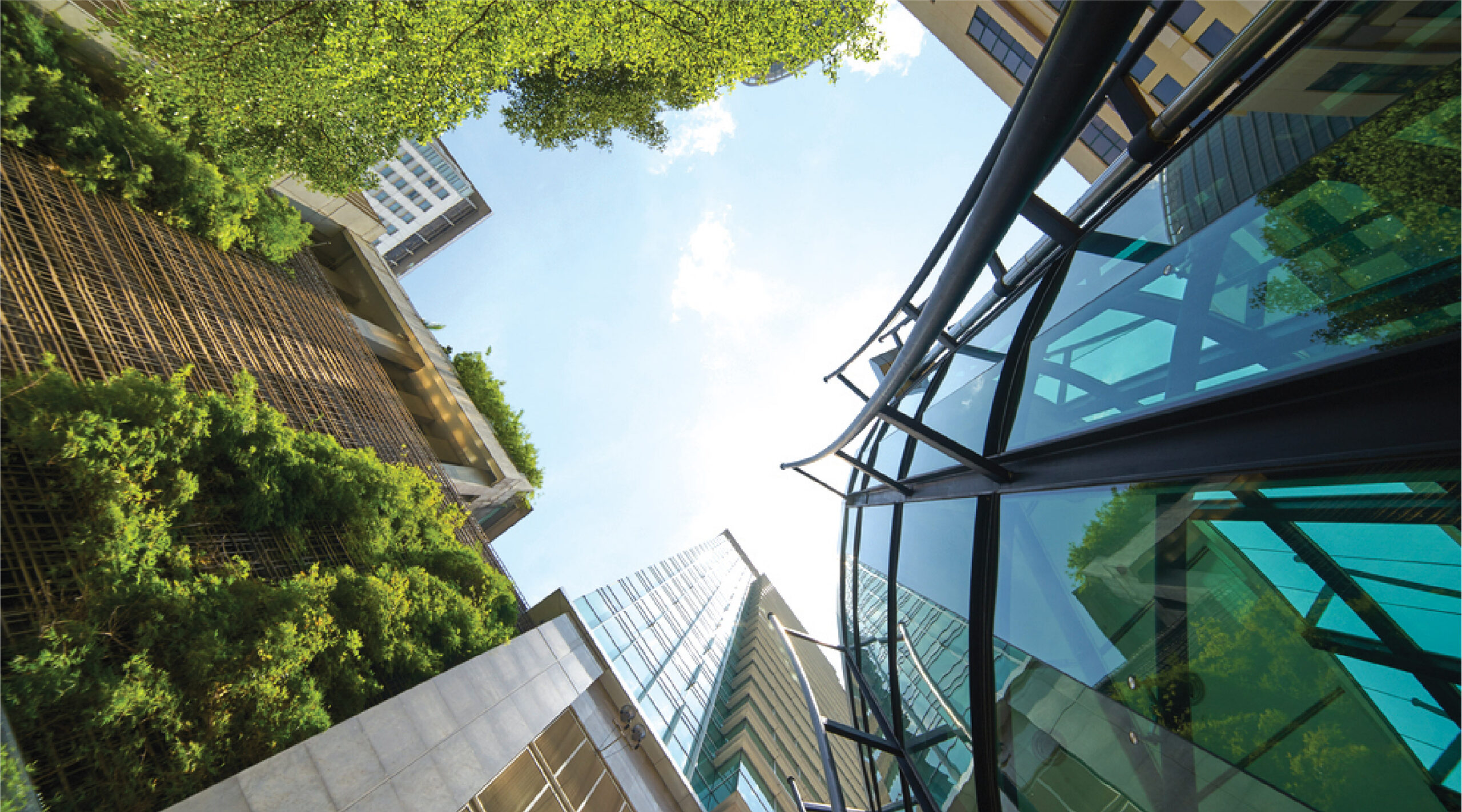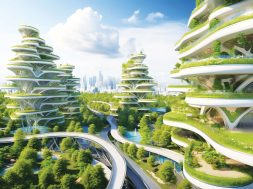Sustainable Building Practices in India

The leading experts in sustainability and architecture have shared their perspectives and shed light on the complexities surrounding the concept of “sustainable buildings are merely a band-aid solution or if they can effectively address the root causes of these challenges”.
Sustainable buildings are a band-aid solution and a crucial part of addressing unsustainable urbanisation and overconsumption. To tackle the root causes, we need holistic approaches such as regional planning, resource management, climate resilience, and creating awareness among stakeholders. It’s about going beyond materials and embracing innovative technologies and sustainable practices throughout construction.
Mr Juzer Kothari, Managing Director of Conserve Consultants Pvt. Ltd., passionately emphasises the critical role of leadership in driving sustainability within organisations. True commitment from leaders is the catalyst that can ignite a chain reaction, inspiring stakeholders to embrace sustainable assets. Unfortunately, he acknowledges that most organisations still view sustainability as a simple remedy, needing a genuine dedication to the cause.
Mr Yatin Pandya, CEO of Footprints E.A.R.T.H, sheds light on the importance of context and flexibility when pursuing sustainable building practices. Sustainability cannot be confined to a rigid formula but demands an adaptive approach tailored to specific circumstances. While encouraging variation and individual interpretations, Mr Pandya emphasises the need to preserve sustainability’s primary intent and overarching goal.
Drawing a thought-provoking parallel between architects and doctors, Mr Pandya underscores their responsibility to diagnose and provide appropriate solutions. Architects, as professionals, bear the weight of mediating collective good by considering social well-being and environmental factors in their work. Regardless of whether sustainability is explicitly addressed, leadership’s influence remains integral to their services.
Mr. Kothari advocates for the transformative power of financial resources. When leaders allocate their investments towards sustainable assets, their actions speak louder than words. Money becomes a powerful driving force behind genuine sustainability efforts, propelling meaningful change in the built environment.
Challenging the misconception that sustainability always comes at a higher price, Mr Pandya highlights the importance of common sense in decision-making. By carefully evaluating choices within specific contexts, considering factors such as location, people, environment, efficiency, and aesthetics, sustainable solutions can be achieved without burdening budgets. The key lies in striking a balance between sustainability and financial feasibility.
Further in the conversation, Dr Roshni Udyavar Yehuda, CEO of Roshni Udyavar and Associates, challenges the notion of sustainability as a band-aid solution, highlighting the vast scope and positive examples of sustainable buildings and communities. She believes that urbanisation can be done in a sustainable manner, where dense localities and economic considerations are taken into account. Dr Udyavar emphasises the need for regional planning and a holistic, sustainable approach that includes resource management, watershed considerations, and climate resilience.
When asked if sustainability is relative to the civic sense of the community, Dr Udyavar affirms that awareness creation is a crucial objective. Even complex codes like energy conservation building codes aim to spread awareness among people about the importance of energy efficiency in building design.
Dr. Mala Singh, CEO of PEC Greening India & Vice President of IGBC Mumbai, agrees with Roshni’s perspective. She views sustainability as a constantly evolving concept that applies at a macro level and requires contributions from various communities and individuals. Mala emphasises the need to simplify sustainability for everyone, as each person contributes uniquely. From corporate policies and commitments to green building practices and individual actions like selling organic products or engaging in eco-friendly initiatives, everyone’s contribution matters. Mala believes sustainability should be inclusive and not exclusive to a select few.
Mr. Pandya explains, “When it comes to sustainable solutions for construction, it is essential to consider life, design solutions, technology, and materials.” While materials play a significant role in design decisions, it is crucial not to focus solely on them. Mr. Pandya highlights the energy intensity of various materials and emphasises the need to understand material performance, aesthetics, energy procurement, preparation costs, and transportation. Material choices should be made with technology to achieve desired behavioural responses. Mr. Pandya suggests that material considerations should go beyond isolated parameters and be evaluated within the context of design decisions, with a preference for local materials. In India, insulation and ventilation are important factors to address in sustainable design.
Mr. Kishan Khatri, Director of Design2Occupancy, is intrigued by the discussion and shared his inputs on sustainable designs, where he believes that incorporating green building practices such as using recycled content in steel and cement is crucial. However, he emphasises the need to go beyond materials and explore technologies like smart buildings based on the Internet of Things (IoT) system. He suggests that sustainable buildings should consider advancements in technology alongside material choices.
Mr. Kothari acknowledges the significant progress in creating an ecosystem for sustainable construction growth in India over the past two decades. He mentions “the instrumental role played by organisations and agencies such as the Green Building Council, USGBC, GRIHA, and Gen Now.” These entities have contributed to transforming the industry and have introduced certifications like Green Pro by CII and Environmental Product Declaration (EPD). The increased awareness among stakeholders about the positive impact of these certifications on building materials and embodied energy has been crucial. However, Mr. Kothari also acknowledges, “There is still a long way to go in further advancing sustainable construction practices in India.”
Dr Udyavar asks “how design influences sustainability and whether cost comparisons hinder the drive towards sustainable practices.” Mr. Kothari emphasises “the importance of design in determining the long-term performance of a building.” During the operational life of a building, a significant amount of resources are consumed, and waste is generated. A good design, particularly in terms of passive design principles, can substantially impact reducing energy consumption. While the upfront cost of sustainable design may be a consideration, the long-term benefits and resource savings outweigh the initial investment.
61
Cookie Consent
We use cookies to personalize your experience. By continuing to visit this website you agree to our Terms & Conditions, Privacy Policy and Cookie Policy.









